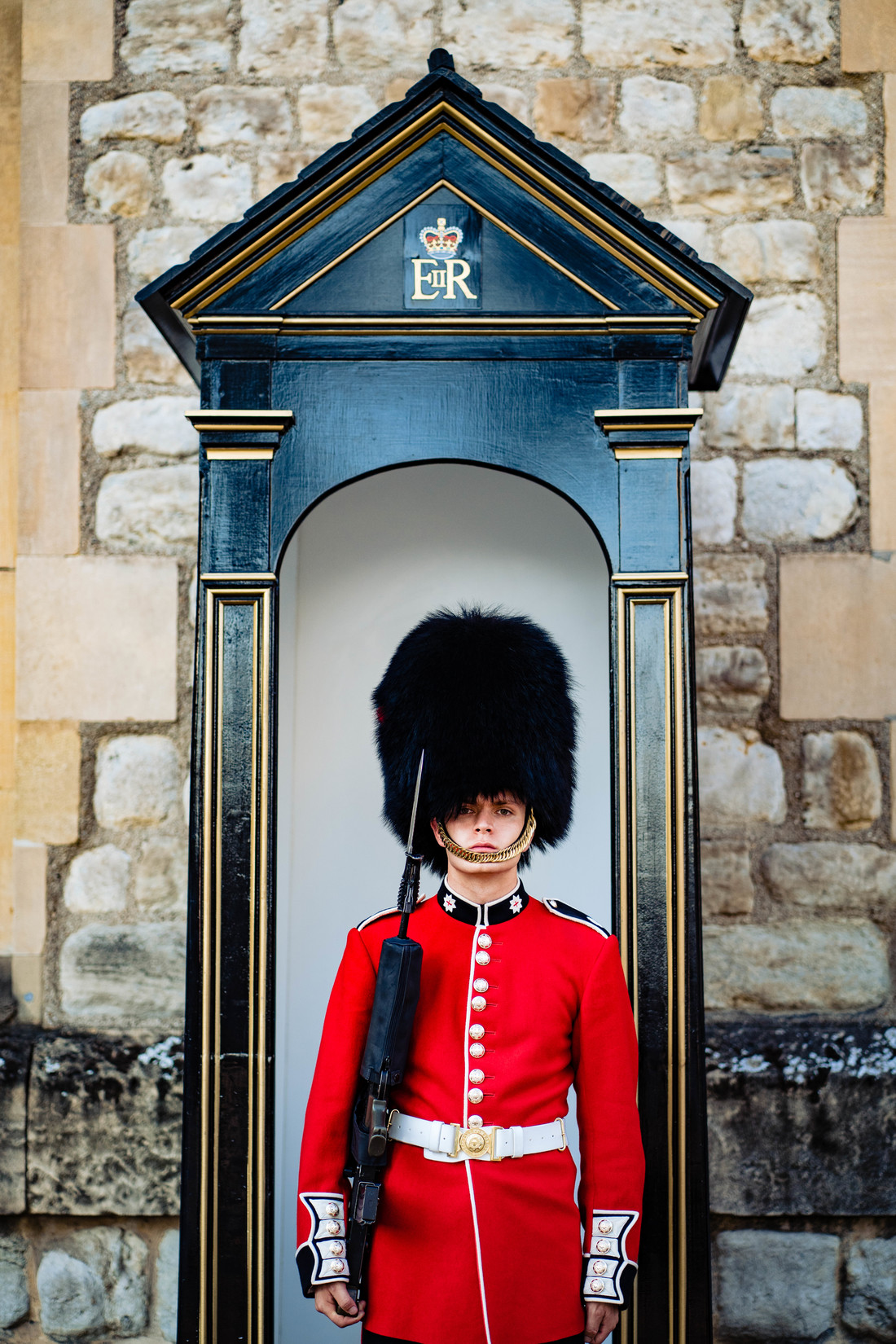Operation Market / Bridge Too Far
Our military historian, Andy Fittes, offers a complete account of the largest joint air and ground attack of World War Two.
This tour takes a detailed look at what happened during the 9 days of 17 – 25 September 1944 in and around Arnhem in the Netherlands, visit the freedom museum, ejoy at boat trip with lunch and much more!
Operation Market Garden – The Story & The Tour
This tour takes a detailed look at what happened during the 9 days of 17 – 25 September 1944 in and around Arnhem in the Netherlands. It’s a story that’s been immortalised in the Hollywood all-star blockbuster ‘A Bridge Too Far’, and the more recent television series ‘Band of Brothers’.
Our military historian, Andy Fittes, offers a complete account of the largest joint air and ground attack of World War Two, recognising the incredible achievements as well as reasons for the operation’s failures, as we take you to the exact locations of the battles that resulted. Andy not only covers battle strategy, but also the personal stories that have been unearthed from those that were there.
History
Following the Normandy landings of June 1944, the Allied troops advanced through northern Europe at a rapid rate. The Germans had experienced a number of setbacks which gave Allied forces confidence that the war could be won with the right tactical offensives.
The Netherlands had fallen to the Germans in May 1940 but on 11 September 1944 the first Allied troops arrived, just south of Eindhoven, to a rapturous reception.
They set their sights on crossing the Rhine before the enemy had time to reorganise and plotted to quickly secure crossings over the rivers and canals that stood in their path at Grave, Nijmegen and Arnhem. ‘Operation Market Garden’ was born.
It was a massively ambitious plan involving thousands of troops in a combined airborne and ground force offensive, that was forged and prepared in less than a week. It brought together the United States 82nd and 101st Airborne Divisions, the Commonwealth 1st Airborne Division and the Polish Parachute Brigade alongside the British Army 30 Corps on the ground.
On 17 September 1944, the 1st Airborne Division began landing west of Arnhem, but the entire mission was plagued with problems from the outset. Allies were faced with unexpected German resistance, bad weather and problems with supplies and reinforcements which led to heavy losses, and their objectives were not taken. They were forced to form a perimeter at Oosterbeek which they held stubbornly until 25 September, when it was decided to withdraw the remnants of the division across the lower Rhine.
Pay homage as we walk the still scarred battle grounds and reflect at monuments erected in memory of the bravery and sacrifice of the men who took part in this immense war operation.
Itinerary Highlights
John Frost Bridge
No tour of Arnhem is complete without a visit to the ‘Bridge Too Far’. Arguably the most historically
poignant landmark in Arnhem, renamed after John Frostbrug in December 1977.
Airborne Museum at the Bridge
A Bridge Too Far: from Storyboard to the silver screen
The classic 1977 war film was one of the most expensive and complicated film productions of our time. Director Richard Attenborough went to extremes to make it as realistic as possible. This special exhibition includes original props, behind the scenes stories and the never-before-seen storyboard.
Nuenun
On 20 September 1944, the 101st Airborne Division and the British King’s Royal Hussars fought the German 107th Panzer Brigade in the village of Nuenun. It was a battle dramatised in episode 4 of the series Band of Brothers.
Nijmegen Boat Trip
In several waves, the assault force from 3/504th had to cross the river Waal in canvas boats. Experiencing the river at water level allows us to comprehend this feat and is the best way to see the bridges of Nijmegen.
Freedom Museum
The Freedom Museum tells the story of two of the most important operations on the Western Front: Market Garden and Veritable. Both operations had major consequences for the course of the war in Europe.
Oosterbeek Perimeter Driving Tour
On the 20 September, Allied troops had to retreat to Oosterbeek where they formed a horseshoe shaped defense line in and around the village, close to the river Rhine. In the following days, heavy fighting took place within the perimeter. It was difficult to get supplies and therefore the soldiers faced a severe deficiency in food, medical supplies and ammunition. Lots of soldiers were wounded or had been killed in the ongoing battles. On September 25th, supplies ran out completely and it became clear the ground troops could not reach them. The remaining troops had to retreat by crossing the river Rhine. As we drive the perimeter route, we will stop to see locations of fierce battles, heroic actions, old farmhouses, former emergency hospitals and testimonies of the war that are still visible in the landscape today.
Airborne Museum
The Airborne Museum tells you the story of the Battle of Arnhem through exhibitions that include historical facts, alongside the personal stories of soldiers and civilians that played a leading role.
Located in Villa Hartenstein, the former headquarters of British Major General Urquhart from which Allied troops were sent, you will experience the Battle of Arnhem like never before. The story is approached from a multiperspective of the British, Polish and German soldiers. In the permanent presentation you will see a unique collection of authentic militaria of the occupiers, the Allies and civilians including weapons, personal belongings of officers and original kits. You will also be introduced to citizens and their heroic stories. Our eyewitnesses tell you what it was like to experience the Battle of Arnhem as a child. Your ticket will include the immersive underground Airborne Experience, where history really comes to life. Walk in the footsteps of a
British paratrooper arriving at the landing grounds and finding yourself among the fierce battles in the streets of Arnhem. The sound of a raging war surrounds you – shots, impacts, English cries, German orders and the fear of civilians.



